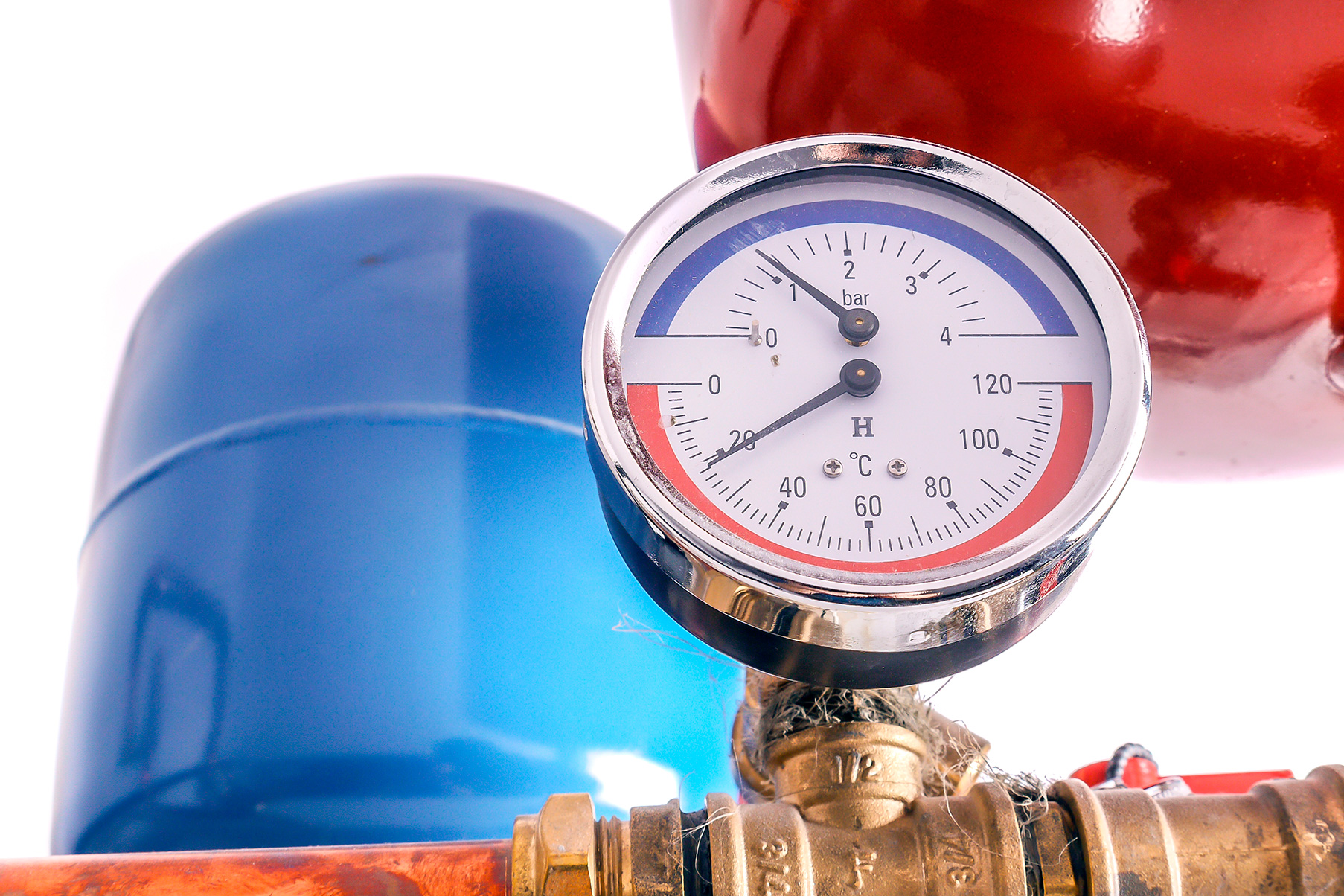
Fatigue-loaded pressure vessels – what are they about?
When discussing fatigue-loaded pressure vessels, it is essential to first understand what fatigue means. Fatigue refers to the small cracking that occurs in a structure when it is subjected to fluctuating stress. This phenomenon is also known as cyclic loading. Fatigue can be caused, for example, by temperature or pressure fluctuations, which can also be referred to as a cycle.
All pressure vessels experience some degree of pressure variation. A pressure vessel is defined as fatigue-loaded if the depth of the cycle is significant and occurs frequently. Fatigue leads to the cracking of the material over time and eventually to the breaking of the structure, but it can be significantly slowed down with proper design and manufacturing.
When is a pressure vessel considered fatigue-loaded?
The intended uses of pressure vessels can vary from demanding and dynamic environments to stable conditions. Fatigue-loaded pressure vessels are specifically designed for demanding operating conditions where significant temperature and pressure changes frequently occur.
Indications of a fatigue-loaded pressure vessel include large pressure variations and the number of cycles it experiences. If a vessel is exposed to more than 500 cycles during its lifetime, it must be evaluated according to the Pressure Equipment Directive to determine if it is fatigue-loaded. However, it is important to understand that in over 90% of these cases, the pressure vessel may not necessarily be fatigue-loaded. The crucial factor are the stress levels the vessel experiences during its lifetime, which determines whether it needs to be designed as fatigue-loaded or not. Common examples of fatigue-loaded pressure vessels include various pressure vessels used in accumulator systems.
If stress level changes are significant and result from substantial pressure fluctuations, the vessel should be designed and classified as fatigue-loaded. Subsequently, the probability of the vessel experiencing damage during its lifetime must be calculated. If it can be demonstrated that the probability of damage is very low, the vessel may not be classified as fatigue-loaded.

How is a fatigue-loaded pressure vessel designed and manufactured?
Fatigue-loaded pressure vessels require special attention during the manufacturing process. For instance, when choosing materials, factors that cause fatigue damage must be considered. The vessel’s shell material needs to be adapted if it is designated as fatigue-loaded. Metal can experience fatigue during normal usage, leading to permanent damages and cracks. In the case of pressure vessels, fatigue damage can have serious consequences if not properly considered during design.
All pressure vessel manufacturers must comply with the Pressure Equipment Directive, which sets strict safety requirements for such equipment. There are various guidelines and rules specifically for fatigue-loaded vessels that must be followed during their production. These vessels also require a more extensive non-destructive testing (NDT) scope. It is crucial to understand that fatigue is a damage mechanism that can lead to catastrophic consequences, especially in the case of pressure vessels. Designing equipment that operates under extreme conditions requires a different approach than devices used in stable environments.
When a vessel is identified as fatigue-loaded, and the materials are chosen accordingly, attention must also be given to the quality requirements of welding. For fatigue-loaded pressure vessels, the welding seam must meet tighter standards. While normal pressure vessels may use welding class C, fatigue-loaded vessels require welding class B. However, achieving class B can be challenging, especially in the manufacture of large pressure vessels, usually leading to higher costs.
Material selection, design methodology, manufacturing processes, and inspections change when dealing with fatigue-loaded pressure vessels. Evaluating the materials, such as the reduced strength of stainless steels at high temperatures, is essential. Skilled pressure vessel manufacturers can design fatigue-loaded vessels and recognize their specific requirements.

The significance of proper classification for safety and durability
In some industrial settings, there might be a misconception that a low-cost solution suffices, even if the vessel is fatigue-loaded. However, considering fatigue phenomenon is crucial because neglecting it can lead to serious occupational safety risks. Over time, fatigue-loaded vessels can also develop metal damages and failures after the warranty period. For instance, weakening of welding seams can cause leaks, releasing toxic chemicals or even causing fires.
Proper consideration of fatigue-loaded pressure vessels is of paramount importance for both safety and the equipment’s longevity. Having experts with knowledge in fatigue design is an invaluable resource. They can assess whether a pressure vessel should be considered fatigue-loaded and properly size its requirements.
When fatigue-loaded pressure vessels are considered in the design phase and manufactured with care, a high level of safety is achieved, reducing the risk of serious accidents. Well-manufactured and sized pressure vessels can last a long time without damage, thereby decreasing repair costs and downtime.
The role of expertise
West Welding provides pressure vessels that are designed and manufactured while taking into account the specific requirements of fatigue loading. We use high-quality materials, adhere to strict manufacturing standards, and emphasize the quality of welding. We guarantee the reliability, safety, and durability of our equipment.
When you require fatigue-resistant pressure vessels for industrial needs, contact us. Our skilled team will help you choose the right vessel and provide expert support throughout your project. Safety is our top priority, and we aim to offer solutions that meet the highest requirements.

Panu Perasto, Project Director, West Welding Oy







